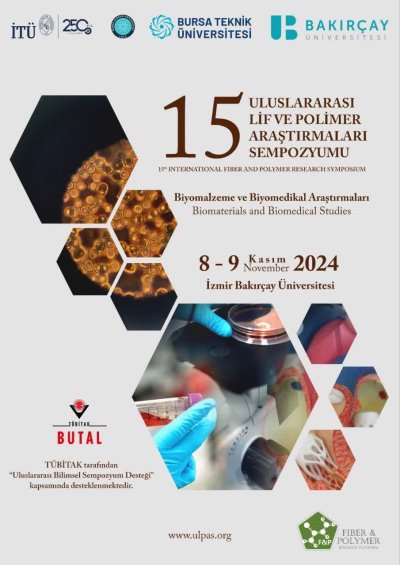0% Complete
Authors :
Keywords :
Abstract :
List of archived papers
Buket İsmailoğlu - Rasim Boyacıoğlu - Gül Kırış - Merve Dizdar Çelik
Reza Salehiyana - Bao Le - Eman Elessawy - Islam Shyha
Oğuz Kağan Ünlü - Handan Çalışkan
Mehmet ZEYBEK - Serkan MENTEŞ
Burhan Karateke - Nazire Deniz Yılmaz
Betül Gülgeç - Mehmet Zeybek - Erhan Demircan
Furkan Turna - Fatma Demirci
MAİNE SULTAN YAZICI - ERKAN EKİCİ


